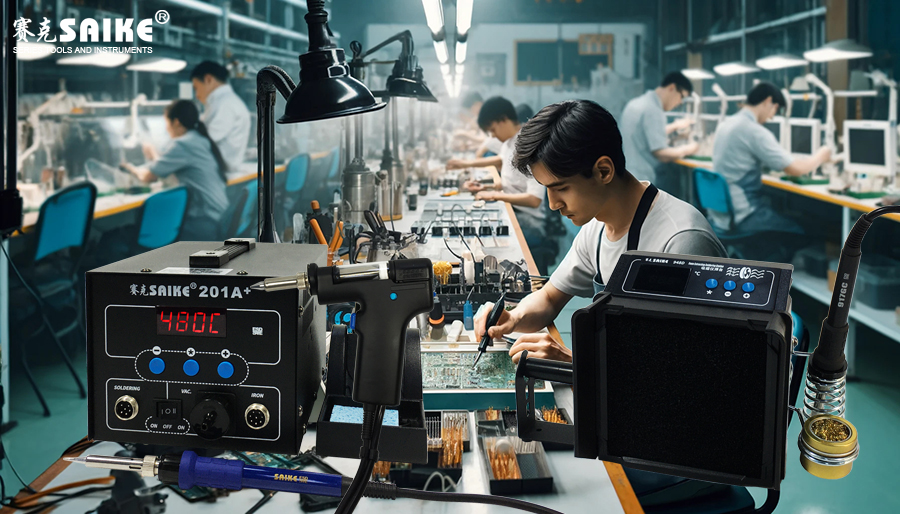
SK-YJ000HT-KP 100034
In the aerospace field, soldering technology is one of the key processes for constructing and maintaining aircraft and their components. As aerospace equipment often faces extreme temperature, pressure, and vibration conditions, soldering technology must ensure extremely high precision and reliability. Although soldering is usually used for smaller, delicate tasks, it also plays an important role in the aerospace industry, especially in the manufacture of electronic systems and precision mechanical components. This article will delve into the applications, challenges, and future trends of soldering technology in the aerospace field.
I. Soldering Requirements in Aerospace Field
1.Extremely High Reliability
– The failure of aircraft during operation may lead to disastrous consequences. Therefore, soldering components must have almost zero-defect reliability, especially for those critical structural components and life support systems of manned spacecraft.
2.Resistance to Extreme Environments
– Soldered components need to withstand extreme temperature changes, vacuum environments, and high radiation levels. This requires soldering materials and techniques that can adapt to these conditions and maintain structural integrity and functional reliability.
3.Weight Reduction
– Weight reduction is an eternal pursuit in the aerospace field. Soldering technology needs to support the use of high-strength, lightweight materials such as titanium alloys and advanced aluminum alloys.
II. Applications of Soldering Technology
1.Electronic Systems
– The electronic systems of aerospace craft are complex, and soldering is crucial in the assembly, repair, and modification of circuit boards. Precise soldering techniques ensure reliable circuit connections, preventing any soldering defects that may lead to functional failure.
2.Sensors and Precision Components
– The manufacture of sensors and other precision mechanical components also relies on soldering technology. The soldering of these components requires extreme precision to ensure their performance and reliability under high pressure and vibration environments.
III. Soldering Materials and Techniques
1.High-Performance Solders
– High-performance solders, such as silver-based and gold-based solders, are used to ensure the mechanical strength and corrosion resistance of solder joints.
2.Micro-soldering Techniques
– Micro-soldering techniques, including laser soldering and microwave soldering, are increasingly being used for soldering aerospace components that require high precision and minimal heat-affected zones.
IV. Challenges and Future Trends
1.Automation and Robotics
– With the development of the aerospace manufacturing industry, automated and robotic soldering technology is gradually replacing traditional manual soldering, improving soldering consistency and efficiency.
2.Advances in Material Science
– The development of new materials, such as ultra-high-temperature ceramics and high-performance composites, requires soldering technology to constantly adapt to the special needs of these materials.
3.Quality Control Techniques
– Advanced quality control and inspection techniques, including X-ray and ultrasonic inspection, are crucial for ensuring the integrity and reliability of soldered components.
V. Conclusion
In the aerospace field, soldering technology, despite facing extreme operating environments and stringent performance requirements, can meet these high standards through technological innovation and precise control. With the introduction of new materials and technologies, soldering technology will continue to evolve to support the aerospace industry’s advancement towards higher, farther, and faster goals.


